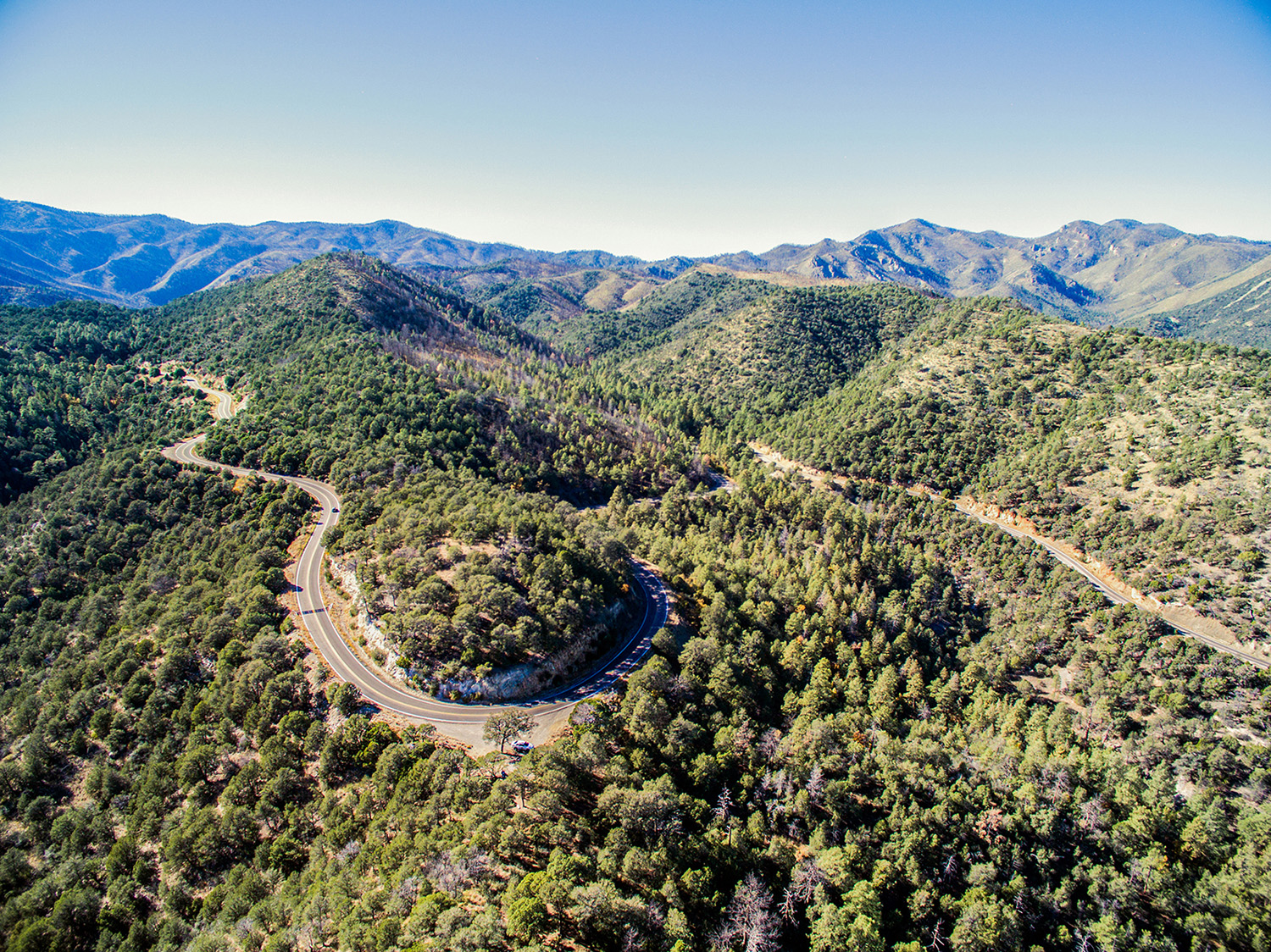A Tour of Great Scenery and Ghost Town Ruins.
By James Stoness
Suppose you were prospect-ing in the unexciting brown hills of New Mexico, not really expecting to find anything, and you stumbled into a fabulously rich silver strike!
This happened to a local rancher who found traces of silver on the side of a dry hill. It was not a find that easily revealed what lay hidden below. But then not many discoveries excite the prospector, they just raise his expectations a bit. The silver was found in 1876 and after two years of exploration work, the rancher accepted the fact that his find didn’t show all that much on the surface, and he knew he didn’t have the money to develop a mine, so he sold his claim.
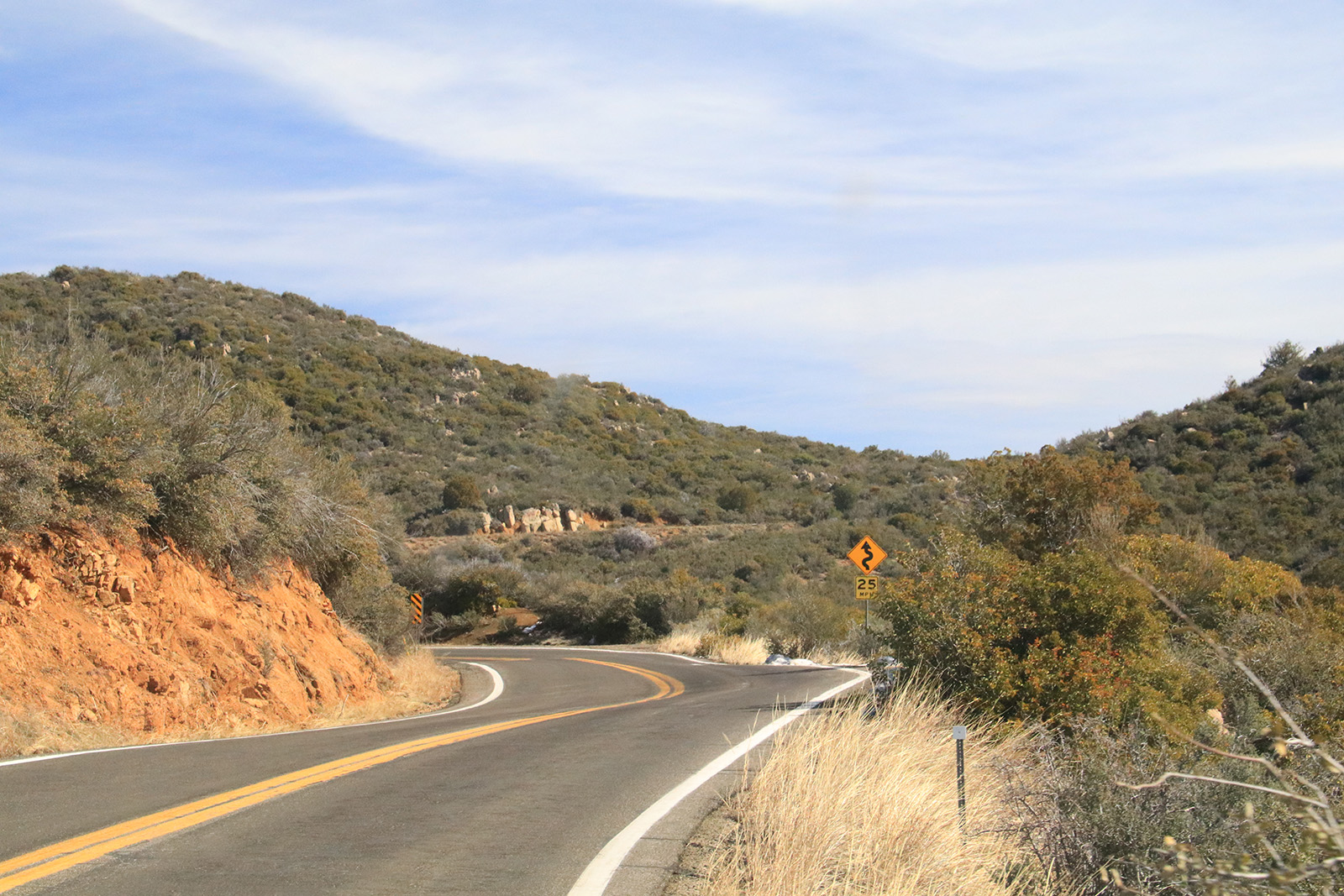 That was a costly mistake. It was not long before the new owners tunneled into a large chamber laced with silver. The so-called Bridal Chamber yielded over 70 tonnes of silver.
That was a costly mistake. It was not long before the new owners tunneled into a large chamber laced with silver. The so-called Bridal Chamber yielded over 70 tonnes of silver.
The barren looking patch on the hillside began attracting people from all walks of life. Developers hawked the strike in newspapers everywhere and investors, anxious to get a piece of the action, poured in money through the purchases of stock. The ore was rich, yet most investors lost their money. Soon the Bridal Chamber was mined out, but even as that was happening, the best times were closing. In 1882 the government changed the money standard from silver to gold. Silver instantly devalued causing chaos among the investors and the town people, who began to leave in droves.
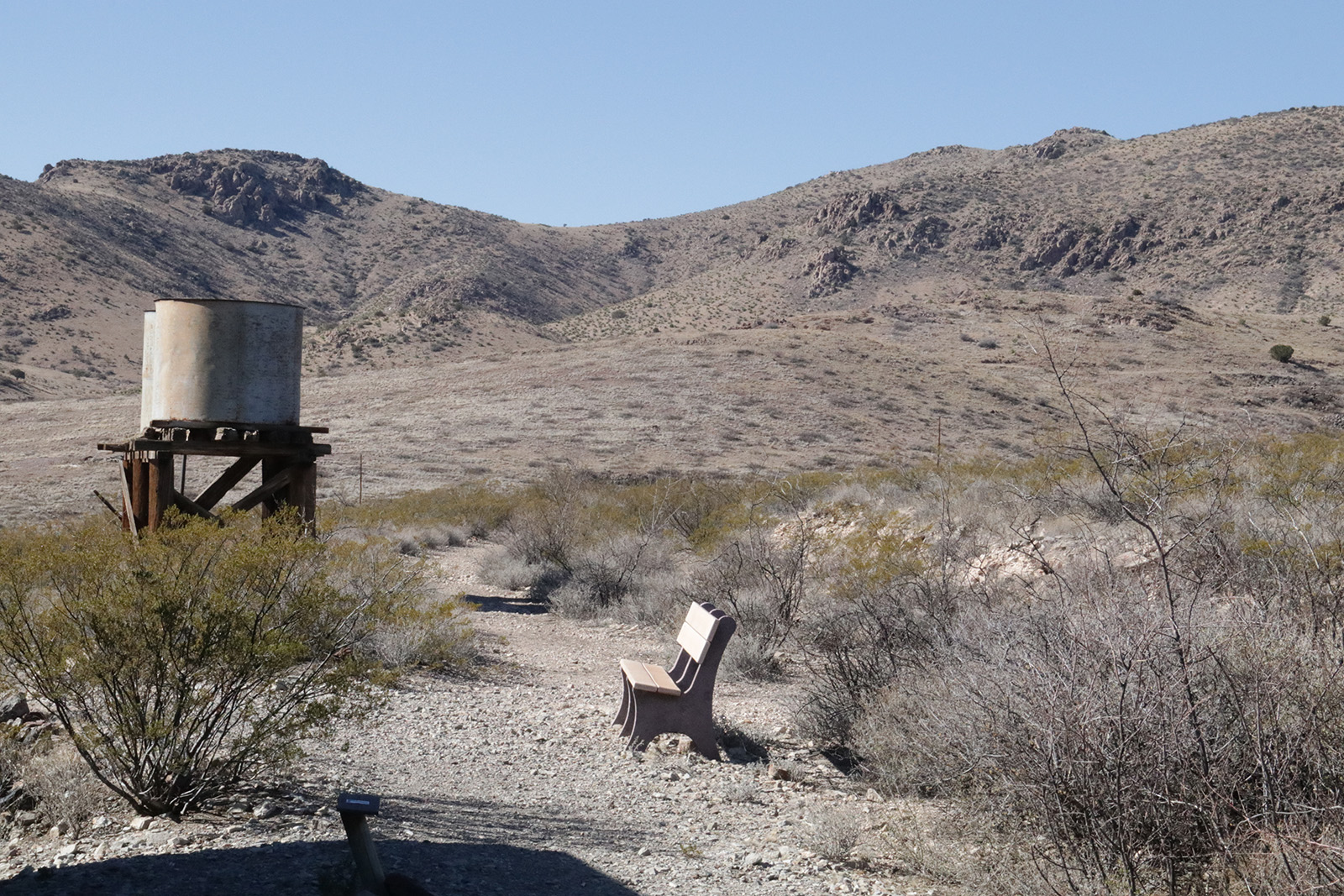 In the early days, as the mine tunnels and shafts edged into the hill, rapid growth occurred in the new town of Lake Valley. Cabins went up to provide cover from the elements. Boarding houses and small restaurants lined the street, although all of these businesses occupied negligible space compared to the saloons, bars, and gambling digs. It became a typical old time mining town, full of some of the roughest kinds of people on the frontier. When you take the easy self-guided walking tour you will spot piles and piles of bottles, vivid evidence of why the ordinary miner never became rich.
In the early days, as the mine tunnels and shafts edged into the hill, rapid growth occurred in the new town of Lake Valley. Cabins went up to provide cover from the elements. Boarding houses and small restaurants lined the street, although all of these businesses occupied negligible space compared to the saloons, bars, and gambling digs. It became a typical old time mining town, full of some of the roughest kinds of people on the frontier. When you take the easy self-guided walking tour you will spot piles and piles of bottles, vivid evidence of why the ordinary miner never became rich.
In 1884, the site became of rail centre, as a railroad pushed a new line into the mining area. Things were looking good for the new mining town whose population rose to perhaps 4,000 inhabitants. This estimate is probably high, as there does not appear that there was enough room for this size of a population.
There was a church and a school, and the rolling hillside began to resemblea giant anthill with ferocious activity everywhere you looked. But the devalued silver price was changing everything.
Then there was the 1985 fire. It was the kind of disaster that occurred in many hastily built towns in the west. Wooden buildings, set side by side, burned easily, and a fire, once underway, was difficult to stop. It was over quickly and most of the business district was gone, not to be rebuilt.
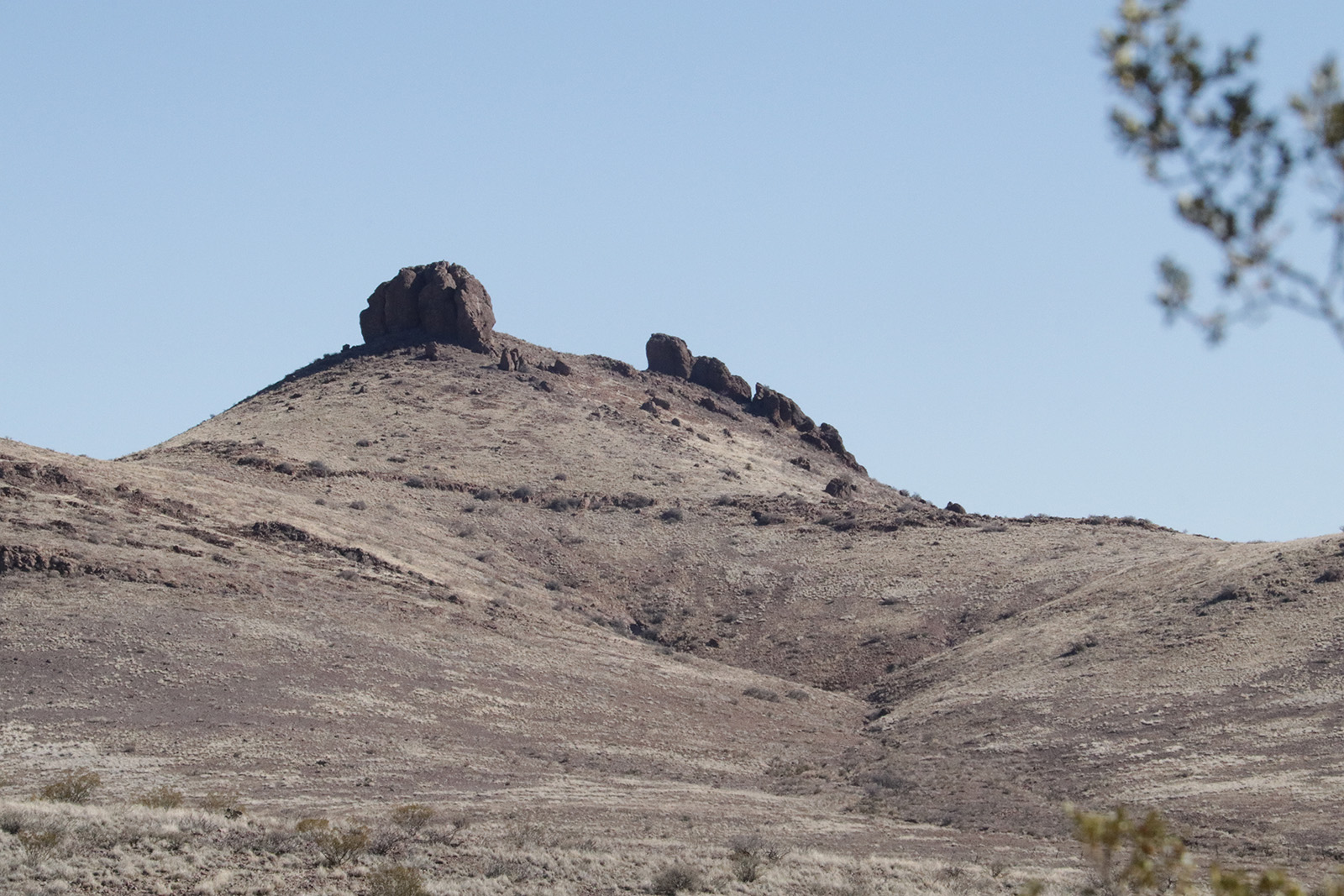 There was another inevitable happening. The silver ore was running out, as eventually happens in all mines. Combined with the fire, it was the beginning of the end for the town of Lake Valley. The events were hastened by the devalued price of silver. During the Second World War, there was more mining activity to extract manganese, but this brief flurry of prosperity ended in 1955.
There was another inevitable happening. The silver ore was running out, as eventually happens in all mines. Combined with the fire, it was the beginning of the end for the town of Lake Valley. The events were hastened by the devalued price of silver. During the Second World War, there was more mining activity to extract manganese, but this brief flurry of prosperity ended in 1955.
Across the highway to the west, a cemetery bears witness to the large population that once toiled on a lonely mountainside mine in backcountry New Mexico.
To help you get up close to what remains of the sprawling town, there is a self-guided walking tour. There is not much of the town left, but there is enough left in the ghost town to get the feel of the surroundings, and make you wonder what on earth would inspire a rancher to look on that hill, expecting to find a trace of mineral.
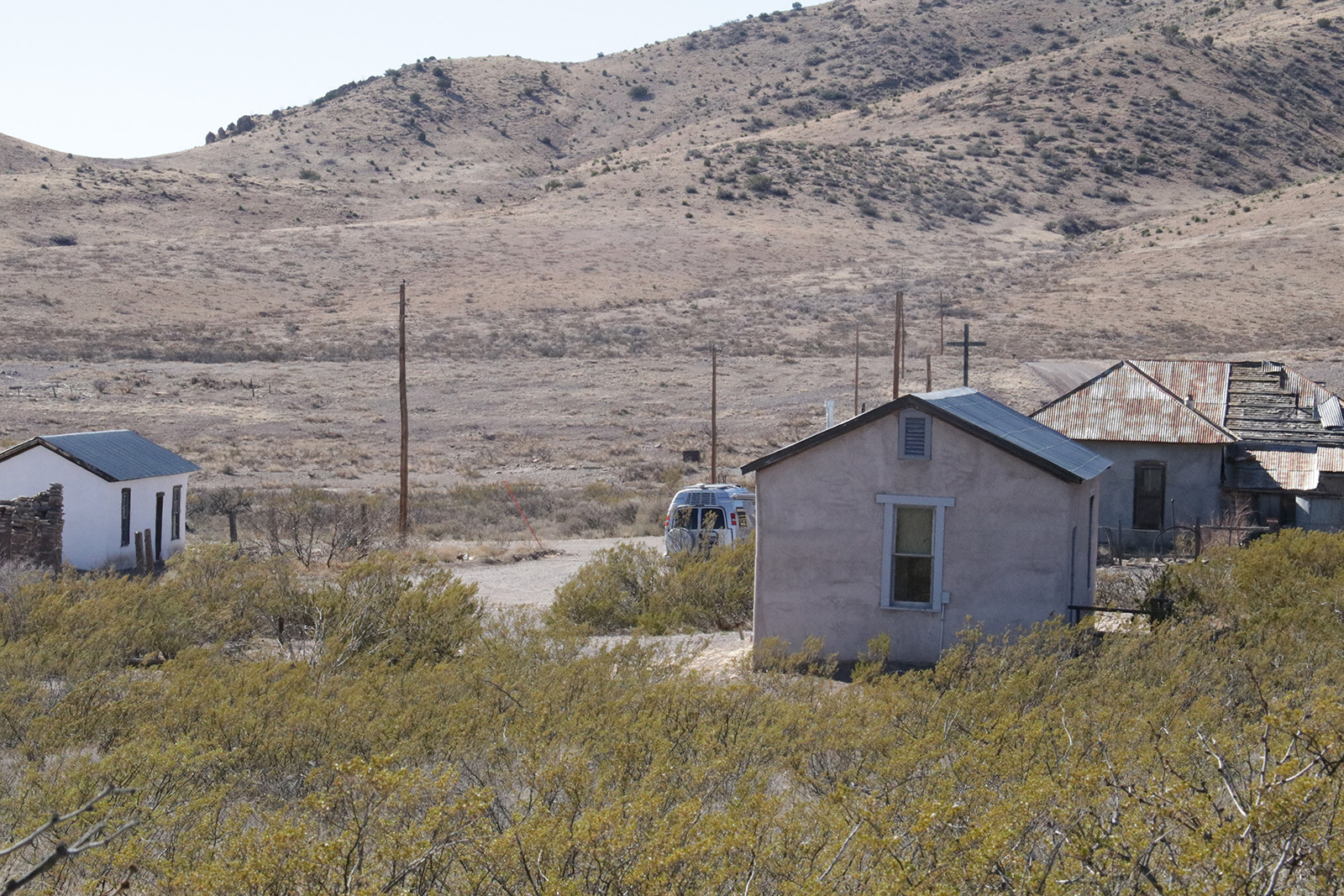
New Mexico has a wide variety of topography and an eclectic mix of scenery, ranging from high forested mountains to dry plains and deserts. To experience these, plus a few old mining towns you might follow a circular route from Deming north, turning counterclockwise to return to Deming. For snowbirds, this can be a handy tour, but the scenery tends to be dry and brown in the winter. It would look really nice from late spring to early summer.
To reach the Lake Valley ghost town, head north from Deming on NM-26 to Nutt, turn west onto NM-27. This drive is mostly open rolling rangeland with a view of high, mostly bare mountains. At Nutt, there is a large area populated with solar panels and a few windmills. The project makes perfect use of a very flat valley bottom, which is backdropped by mountains. This is a shared project where landowners can make money by renting the land for the panels, but also can buy ownership of some of the projects.
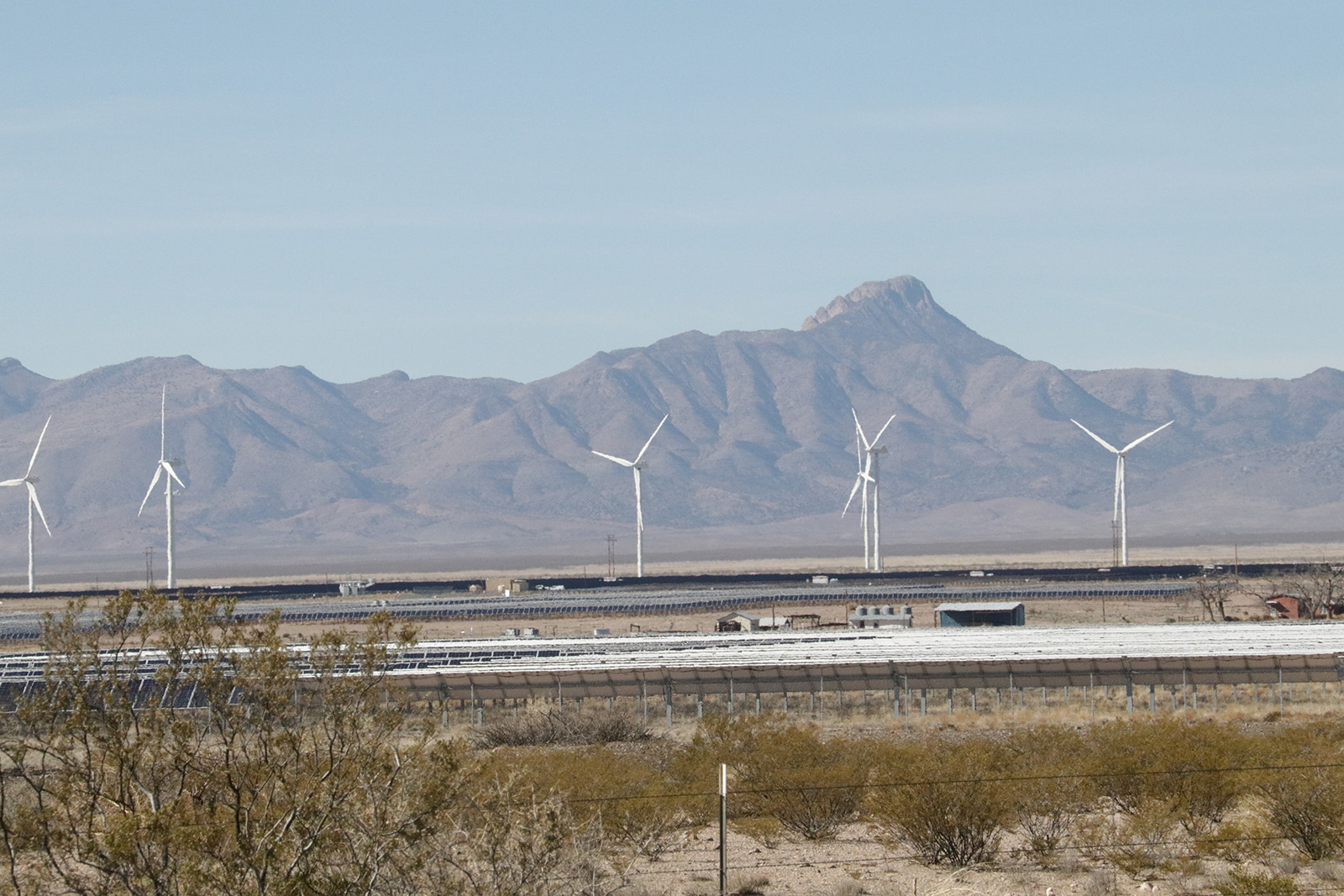
NM-27 climbs into the foothills circling around the hill where the Lake Valley town existed. It then gets hilly, and crooked, as it climbs in and out of deep valleys. Along the way are a few prosperous looking ranches that have made use of the intermittent streams for irrigation. Finally, the road drops off a hill into the old mining settlement of Hillsboro where the tour turns west on NM-152 toward Kingston.
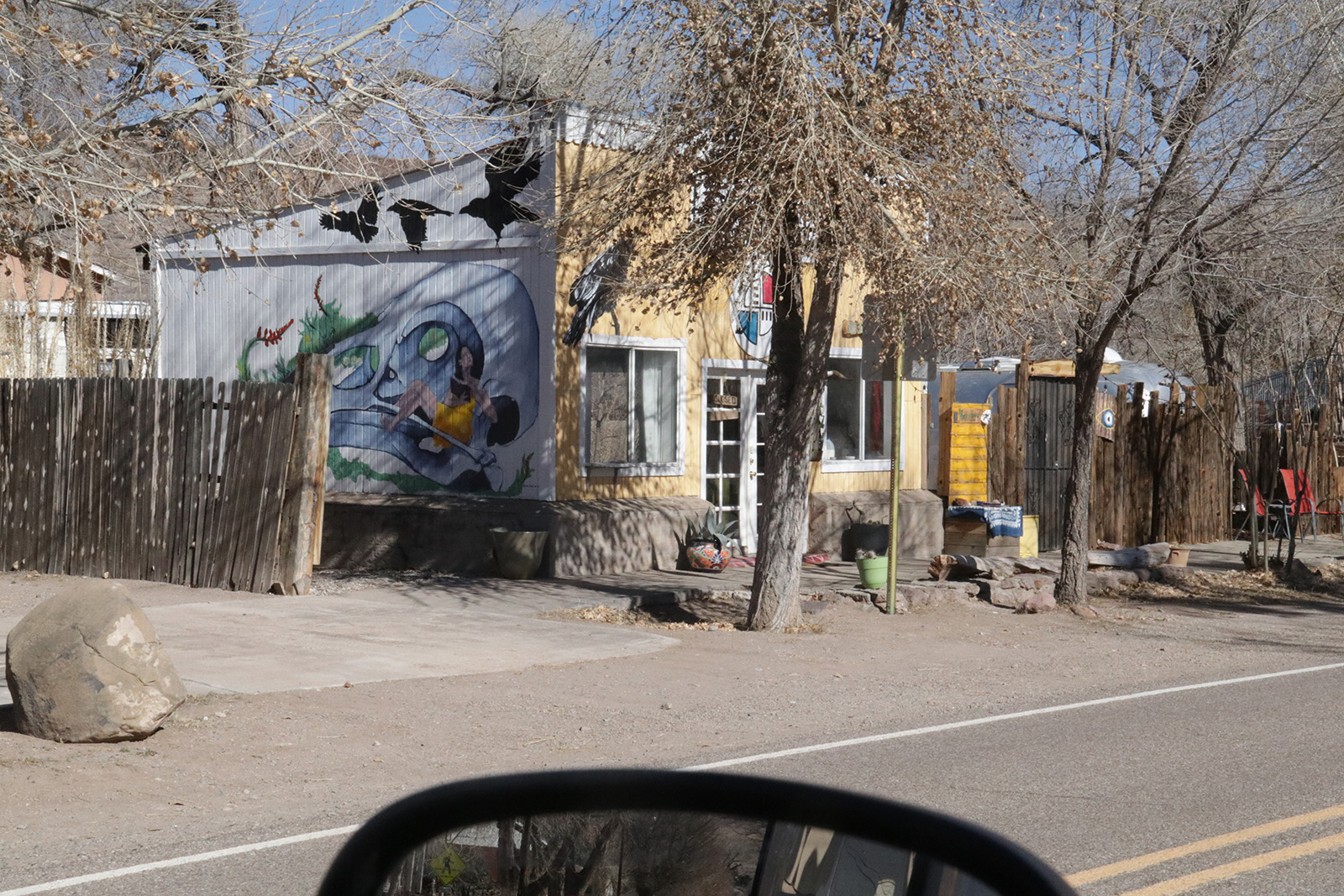
The Kingston, Hillsboro and Lake Valley area was a hotbed of mining discoveries in the 1800’s. The area was also territory travelled by the Apache, who frequently raided the settlers.
In 1877, prospectors found gold in the area which led to the building of Hillsboro. People came in large numbers and the region produced millions in gold and silver from several mines. Ore was so plentiful that a year after the discovery they built 10-stamp mill to pound the ore to dust for processing. An old volcano northeast of town has several ore bearing veins radiating out from the centre of its four-mile-wide body.
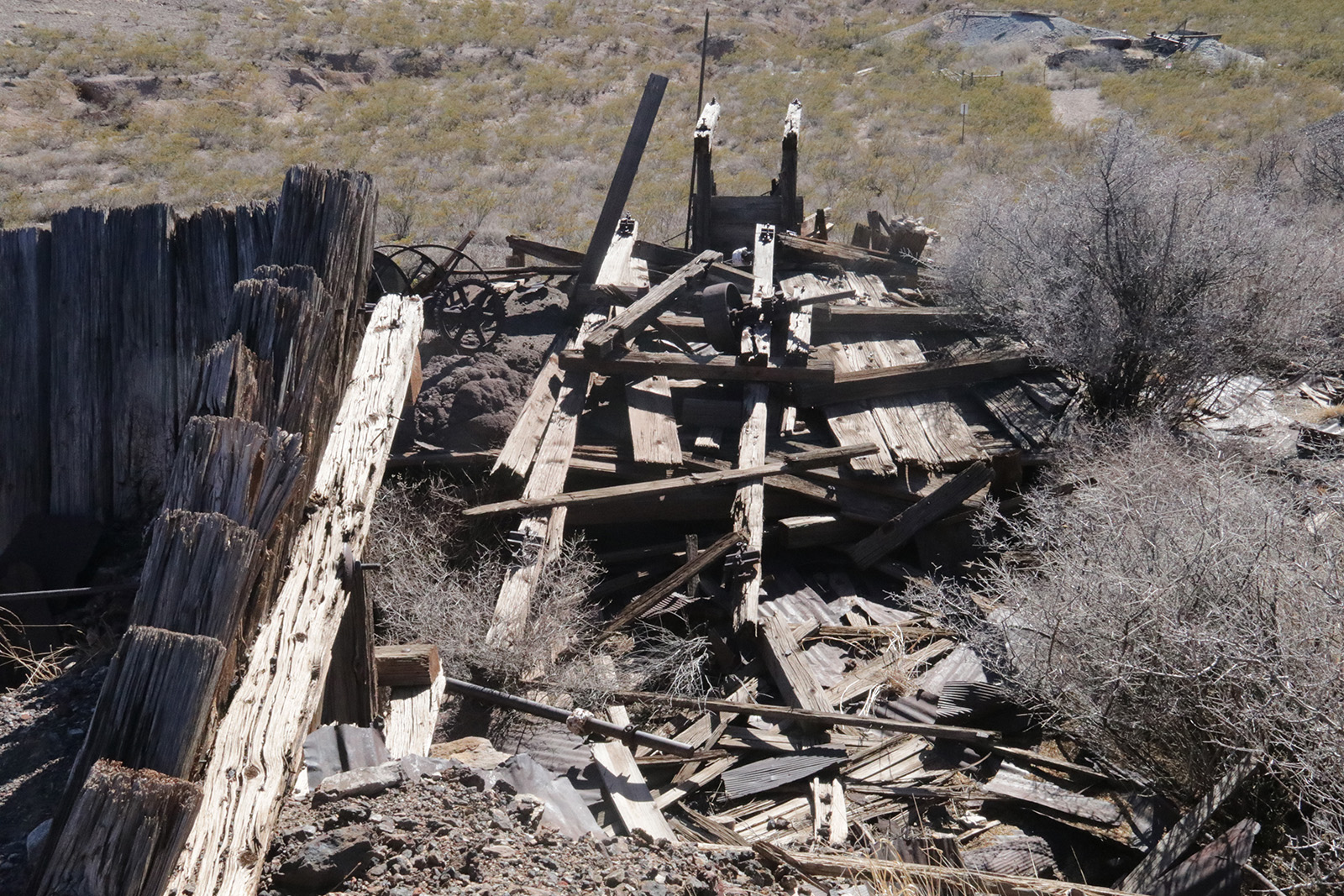
Today, Hillsboro is a small, relaxed village with pleasantly cared for homes. You may find some gift shops and art studios and many historic buildings. It’s a great place to take advantage of the town’s self-guided walking tour.
Now head west nine miles to another ghost town, Kingston, created by the discovery of silver in 1882. You’ve seen the roads, now imagine riding the route from Lake Valley to Kingston in a regularly scheduled stagecoach, keeping in mind the ever-present risk of attack by outlaws and the possibility of Indian attacks.
In its heyday, Kingston featured two dozen saloons, bars, and gambling houses. It also had an Opera House. A short self-guided walking tour will show you the town up-close.
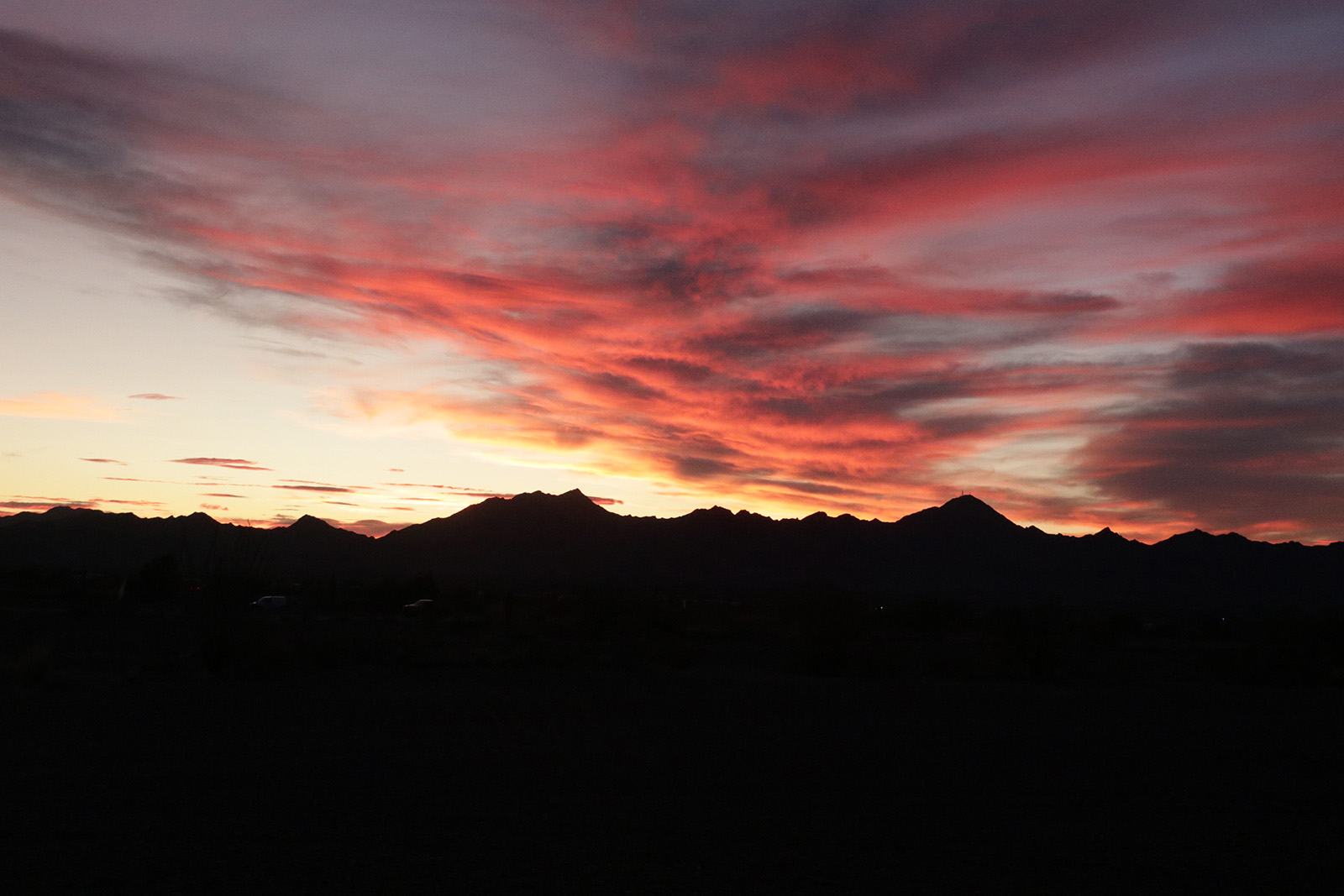
As you head west to Silver City, be prepared for a tortuous, twisting mountain highway. Scenery is marvellous, although the driver may be very busy watching the road as it winds through a series of hairpin turns.
Silver City sits in a verdant mountain setting, in an area that has been the home of people for several hundred years. This is not a ghost town – it is a thriving, comfortable place to visit. You will enjoy quiet walks in this town of 10,000 inhabitants, and thrill to the many discoveries of hidden gems. The old downtown district has a plethora of art galleries, but there are also many attractions in the quiet outlying areas, and it will take a few days to work your way through the shops of the glass blowers, the jewelry makers, and the pottery wizards. You’ll be struck by the brightly painted buildings in the downtown and the general cleanliness of the area.
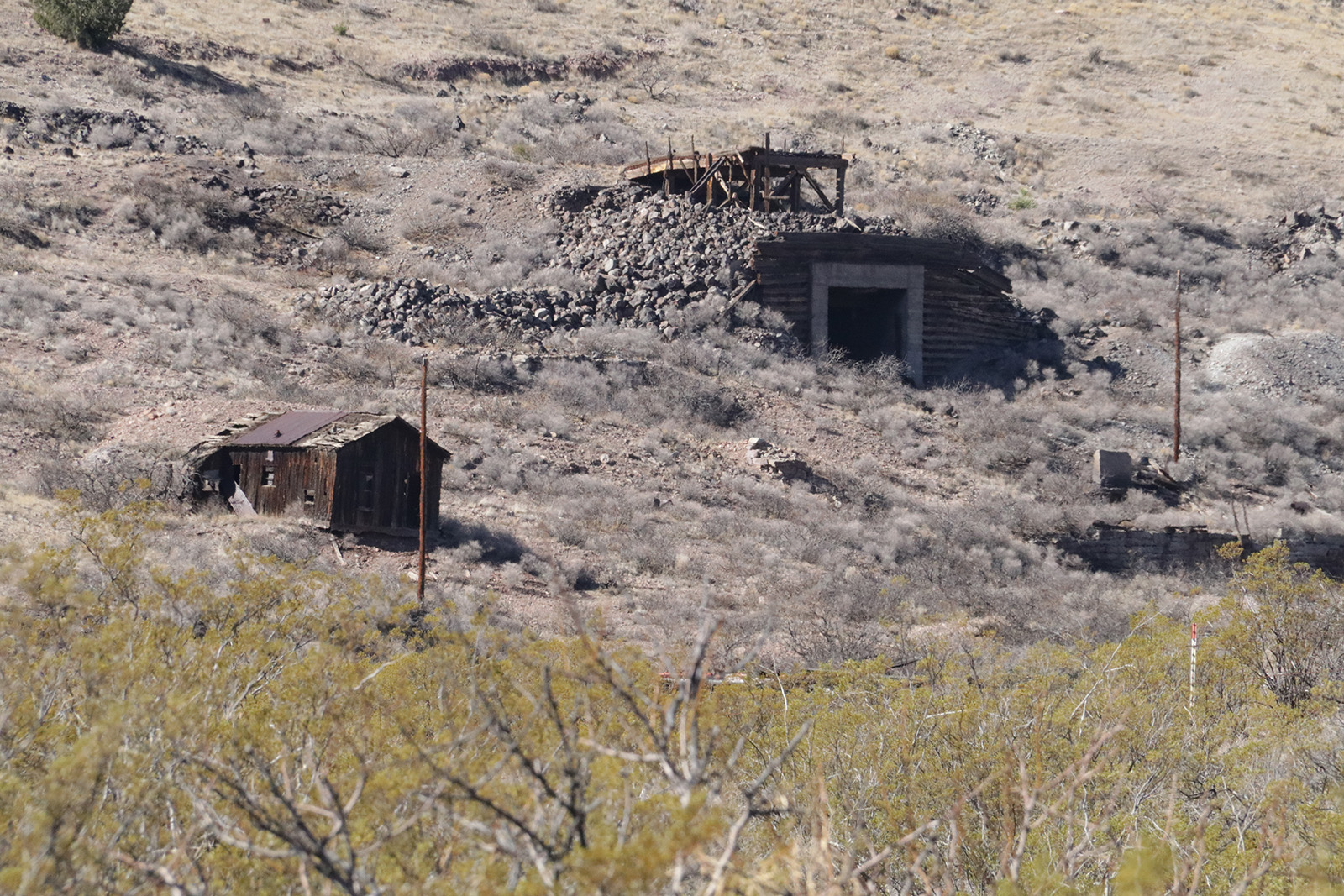
For decades, local mines have contributed to the growth of Silver City. Natives had mined copper and later prospectors discovered a large copper deposit. A few miles away, gold was extracted from more than 30 mines in the Pinos Altos area during the 1860’s.
Fifteen miles east of town, you can find the open pit diggings of the Santa Rita mine (Chino Mine). Mining has gone on here from the early days before the area was settled. Its isolated location made it a target for frequent Indian attacks. This is a very large open pit mine and will require a lot of rehabilitation when the ore is gone, if the terrain is to ever look normal again. It’s worth a visit if just to marvel at the huge amount of rock that can be shifted around by humans in a few short years. Mining operations can cease unexpectedly. Check in town to see if the parking lot and viewing areas are open before going.
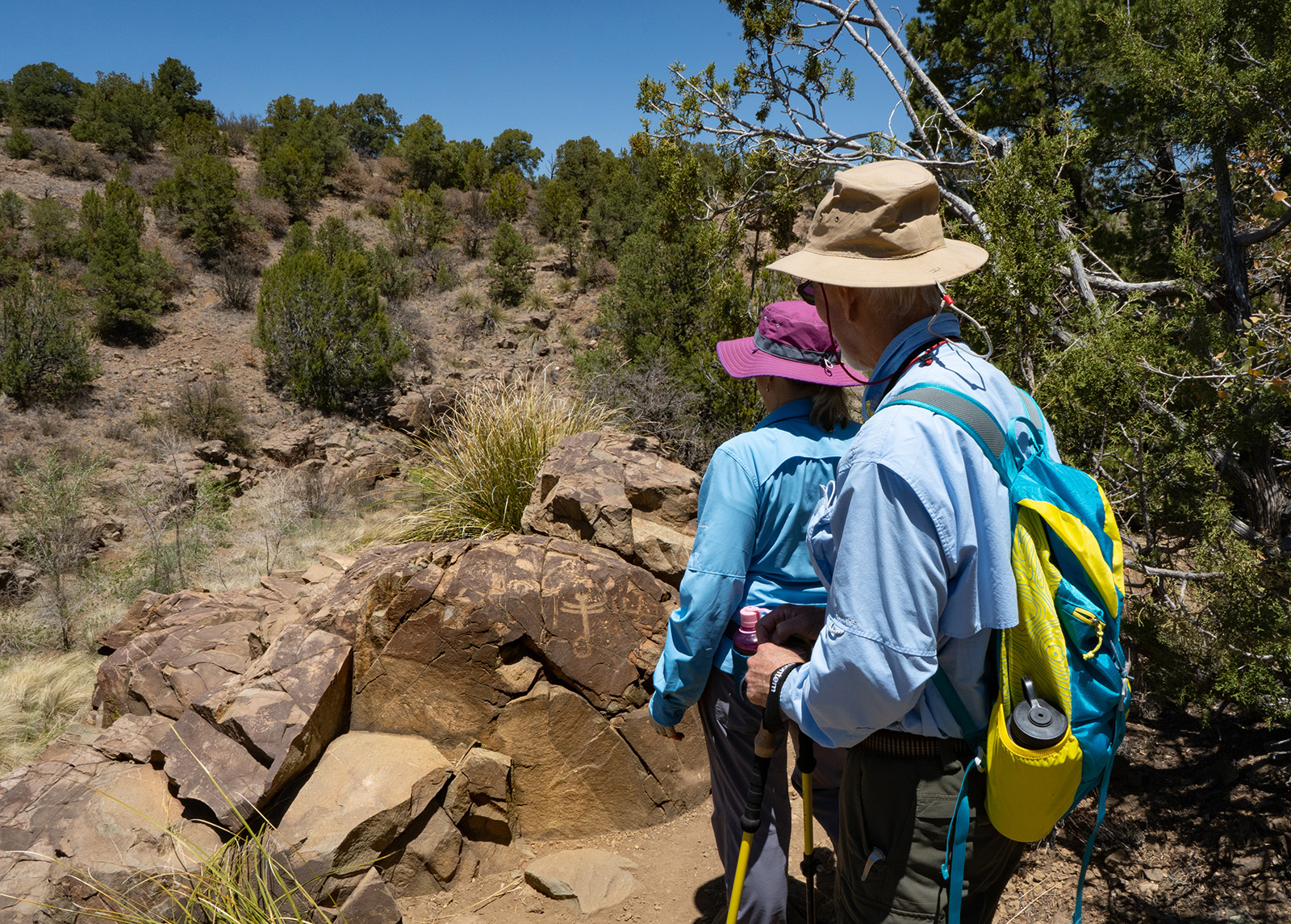
The discovery of silver led to the creation of Silver City. Heavy production ran throughout the latter part of the 1800’s. Its location makes it easy to get out on hiking trails that have been designed for easy and for tough walking. The city is home to the Gila Wilderness National Forest with easy access to great scenery and relaxing locations. Residents and travellers love the Boston Trail System, built on 400 acres of open space that provides excellent views of the valley and the distant mountains.
This town is a good place to stay while you visit the city and the surrounding area. Make your temporary home here at one of the numerous RV trailer parks. The Silver City RV Park is only a short walk away from the old downtown, with food, exploring, and shopping outlets. Seven miles away from town to the north, is the Continental Divide Park. The huge number of old mines and the history of the area make it great place for historical buffs to spend a lot of time.
While you are in the area, you might visit the Mogollon cliff dwellings along the headwaters of the Gila River. There are two important sites, as well as several scattered sites. The steep sided canyons provided several protected areas where the natives could build. The Gila Cliff Dwellings National Monument is 44 miles from Silver City and because of the mountainous road it is suggested that you schedule a few hours for the drive. The walk on the trail will take a couple of hours if you do it slowly and visit all the sites. Carry your own water on the trail, as potable water can be scarce.
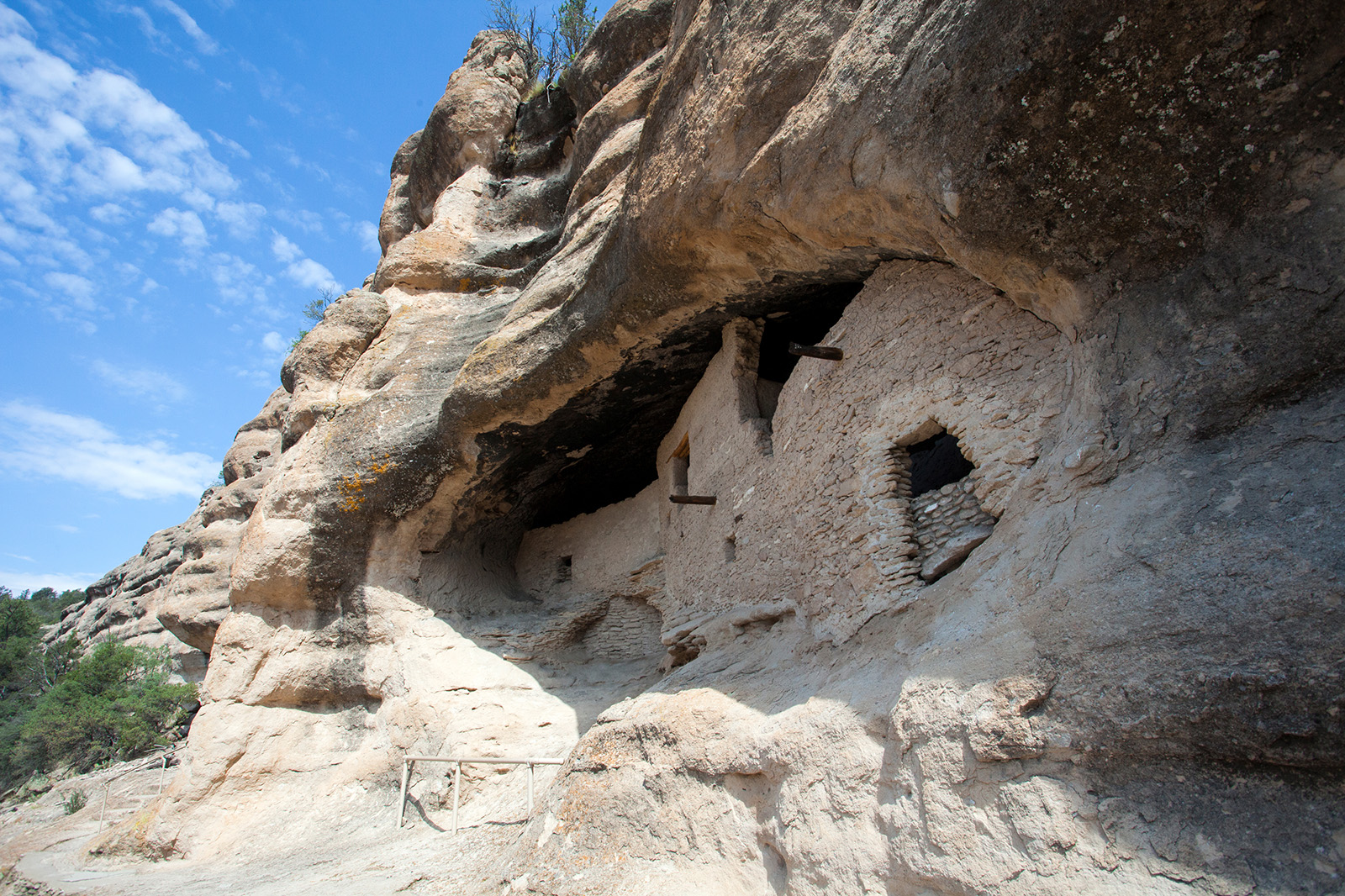
A few miles outside of Gila Cliff Dwelling NM there are four forest campgrounds for tents and small vans. This is a scenic area carved by streams into deep rugged sided canyons, topped by large Ponderosa pine. Everywhere it’s pleasantly green from small trees and bushes growing on the pink-tan coloured rocks.
At this point in your adventure, the circle tour is almost complete. From Silver City take US-180 east, and south, descending through the mountain foothills and passing across open rangeland to return to Deming.
This tour passes through some of the most active mining areas of New Mexico. In the dryer season, the beginning of the tour and the end of the tour may seem boring and desolate to some travellers. The historic areas attract many visitors, as do the copper mines of Silver City. The scenery is great and improves west of Hillsboro as you enter high mountains with forested slopes of green trees.
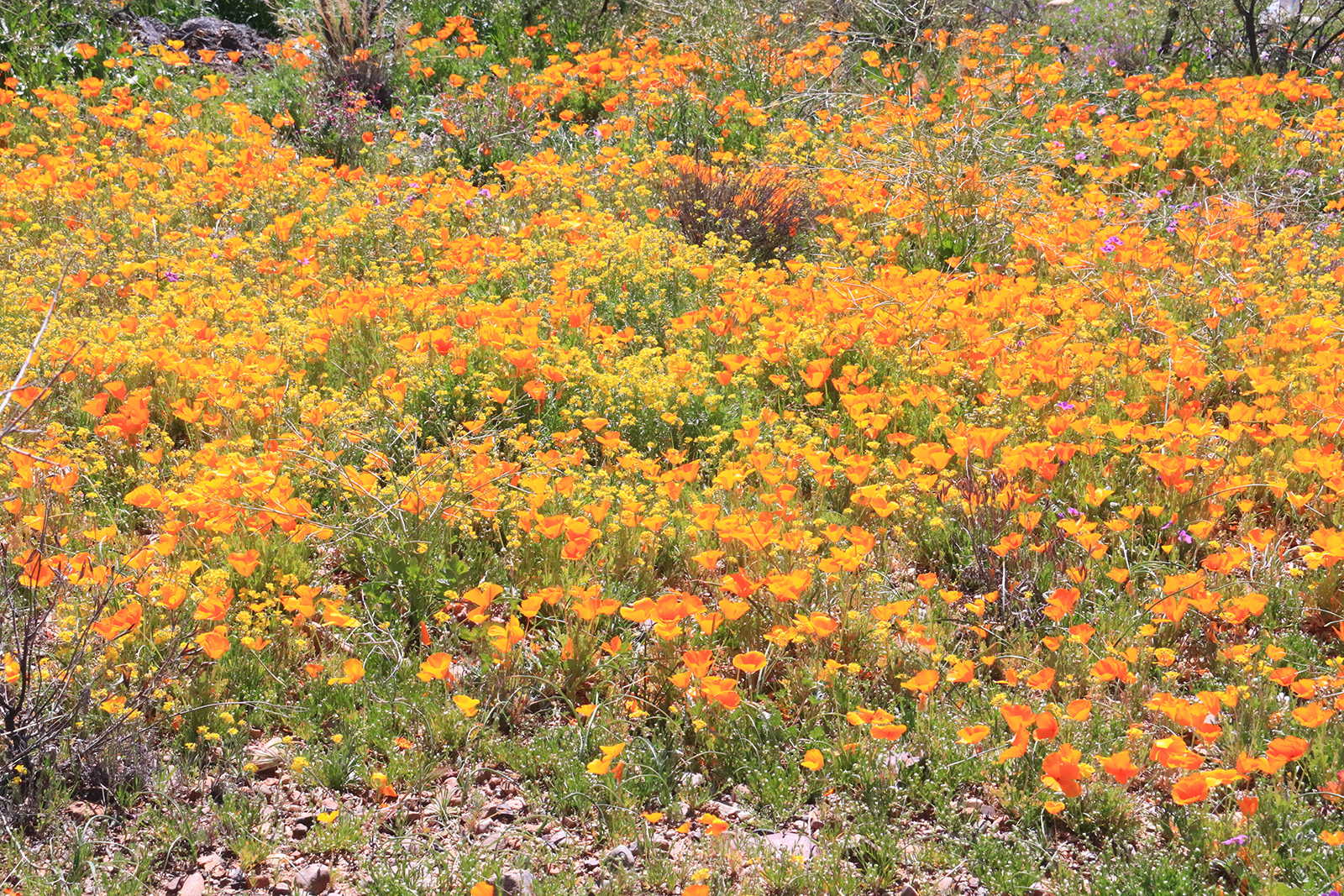 Enjoy this drive through a historic slice of New Mexico!
Enjoy this drive through a historic slice of New Mexico!
FOR MORE INFORMATION:
For Lake Valley: https://www.blm. gov/sites/default/files/docs/2023-02/brochure-lake-valley-self-guided-hike-lcdo-508.pdf
For Gila Cliff Dwelling: https://www.nps.gov/gicl/planyourvisit/index.htm
https://www.nps.gov/gicl/index.htm
For Silver City: https://www. silvercityrv.com/
https://www.continentaldivide camp.com/home
James Stoness is the author of ‘Touring North America’, a series of travel guides on CD to help you plan your trips across North America. Visit his website to read his novels and travel guides – https://stonessrvtravel.com/


















